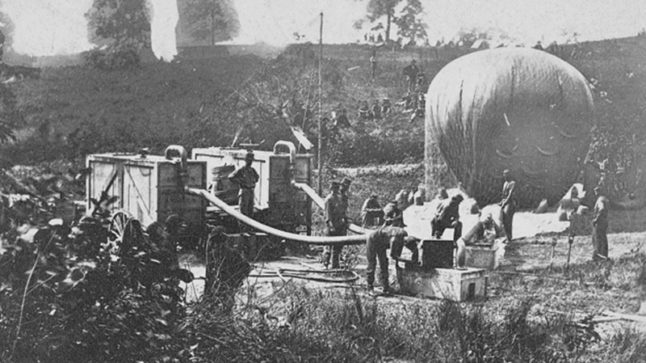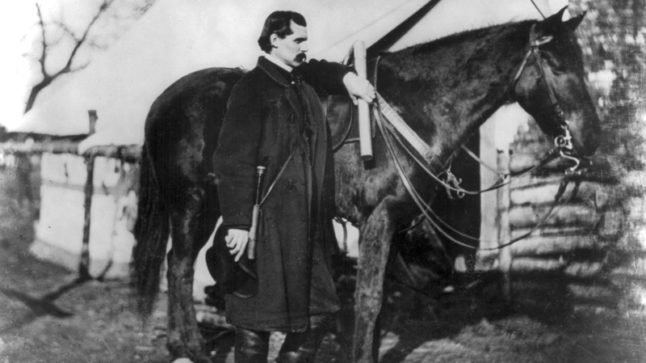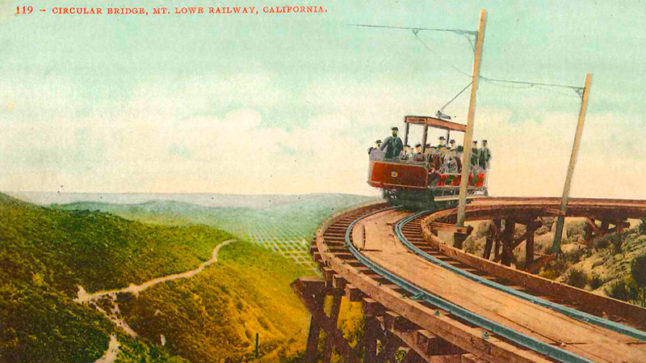The Balloon Corps banker
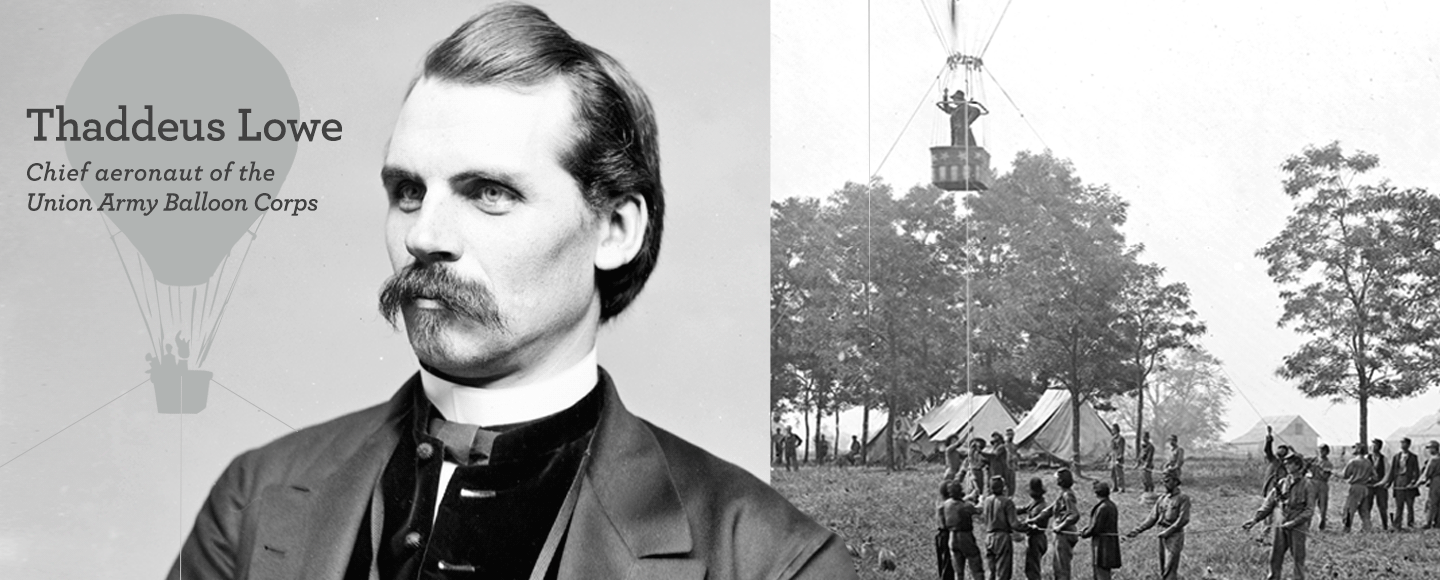
On June 16, 1861, Thaddeus Sobieski Constantine Lowe ascended in a balloon high above Washington, D.C. He was demonstrating to President Abraham Lincoln the potential of using balloons for gathering intelligence on Civil War battlefields. Lowe’s balloon rose to a height of 500 feet, tethered to the ground by ropes and a telegraph wire. From his balloon named Enterprise, high above the nation’s capital, Lowe transmitted a telegraph message to Lincoln saying, “I have the pleasure in sending you this first dispatch ever telegraphed from an aerial station.” He also reported to the president that he could see 50 miles in every direction. Lincoln, standing below, believed that this high-altitude technology could be valuable in the war effort.
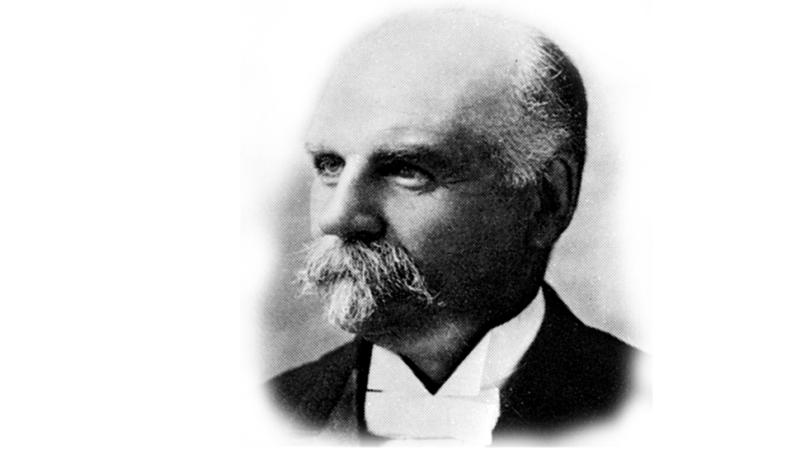
Lincoln appointed Lowe as the chief aeronaut for the Union Army’s newly formed Balloon Corps. Lowe, a self-educated scientist and inventor, had also developed portable hydrogen gas generators, which allowed quick deployment wherever aerial surveillance was needed to observe enemy troop movements and positions. Balloon spotters could communicate with commanders on the ground using signal flags and direct artillery fire.
Lowe assembled an outfit of seven giant balloons made of silk and manufactured by a crew of 30 Philadelphia seamstresses. These military balloons were used in the First Battle of Bull Run in 1861; the 1862 Peninsula Campaign battles of Seven Pines, Williamsburg, and Gaines Mill; the Battle of Fredericksburg in 1862; and the Battle of Chancellorsville in 1863, among others.
Life after the war
After the war, Lowe continued experimenting with gas-powered appliances and made a fortune from his invention of ice machines, which revolutionized the cold storage business. In 1873, Lowe patented a process using hydrogen gas to provide heating and lighting for commercial use. This “water gas” — a combination of hydrogen and carbon monoxide gases — proved a more efficient fuel than gas derived from coal. It was just one of 200 patents awarded Lowe, who became known as “professor,” despite his lack of formal education.
Lowe relocated in 1887 to Southern California, where he invested in gas power and transportation projects. He also became a banker, organizing Citizens Bank in Los Angeles in 1890 and serving as the bank’s first president for two years before moving on to other enterprises. By the turn of the century, Citizens Bank’s resources had risen above the $1 million mark. The Los Angeles bank eventually became part of Crocker Bank, which merged with Wells Fargo in 1986.
One of Lowe’s lasting legacies was not an invention, but a natural landmark that towers above his adopted hometown of Pasadena, California. In 1893, Lowe and other investors built an electric railway to the top of one of the highest peaks in the San Gabriel Mountains, now known as Mount Lowe. Dubbed the “Eighth Wonder of the World,” the scenic electric railroad carried visitors on a thrilling climb into the mountains 5,600 feet above Los Angeles area cities. Lowe also built an astronomical observatory, hotel, and other tourist attractions surrounding the peak. Although Lowe was ingenious, he was also a poor businessman, and the scenic railroad fell into receivership in 1899. Under management by others, the line continued carrying tourists until 1937.
Lowe had married and had several children, one of whom also became an inventor. Lowe died in Pasadena at the age of 81, having made and lost several fortunes in his lifetime. At the time of his death in July 1913, he was drawing up plans to build a luxury gas-powered passenger airship — a visionary and innovator until the end.
